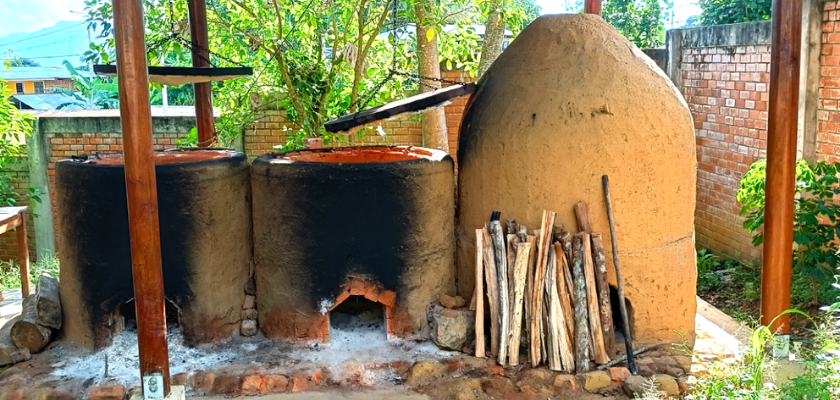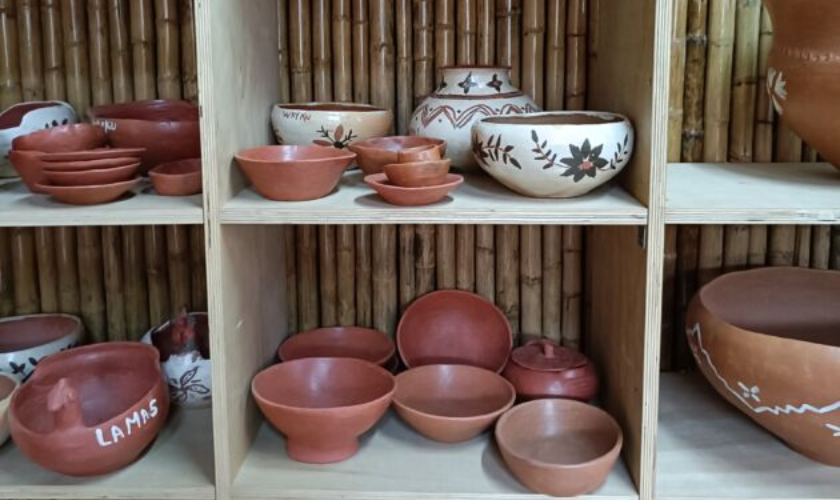Want to stay informed?
Subscribe to get product updates, newsletters, offers and more!

FAQ
Here you will find some answers to your main questions about us and our products.
Suggested usages are found on our product labels and online. They are intended towards an average adult on an average 2,000 calorie diet. We always welcome our customers to adjust dosages until they reach the recommended suggested dosage for each product.
Each dropper is calibrated and shows the amount of milliliters (mL). You may also use a teaspoon to help you measure. Please see the charts below to help guide you.
| Bottle Size | Total Milliliters (mL) | Total Drops | Total Teaspoons (tsp) |
|---|---|---|---|
| 2 oz. | 60 mL | 1,200 drops | 12 tsp |
| 4 oz. | 120 mL | 2,400 drops | 24 tsp |
| Milliliter (mL) | Drop | Teaspoon (tsp) | Dropperful |
|---|---|---|---|
| 1 mL | 20 drops | ⅕ tsp | 1 dropperful |
| 2 mL | 40 drops | ⅖ tsp | 2 dropperfuls |
| 3 mL | 60 drops | ⅗ tsp | 3 dropperfuls |
| 4 mL | 80 drops | ⅘ tsp | 4 dropperfuls |
| 5 mL | 100 drops | 1 tsp | 5 dropperfuls |
It is mostly preference. Some customers have shared that they find that the liquid is absorbed by the body quicker than the capsules. However, it is mostly preference and convenience when it comes down to taste, ease of use, etc. Please note that our tinctures contain Pure Cane Alcohol and water.
Our herbal powders can be treated just as any other herbal tea. Please see the suggested usage under the product page for instructions on how to prepare a herbal decoction for your herbal powder.
Please store in a cool, dry place away from direct sunlight. For our liquid products, you may store them in your refrigerator if desired.
Please note that our herbal products do not “go bad” if properly stored. Generally the shelf life for herbal supplements is 3 to 4 years, which is reset after the product is retested. For this reason we believe it best to show the date that each product was manufactured. This provides you with a better understanding of when the product was made/prepared and allows us to better monitor our products to ensure that you are continuously receiving high quality herbs that meet our standards.



